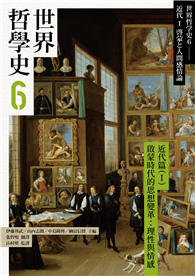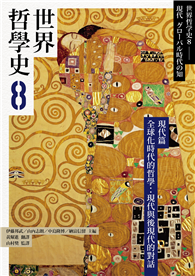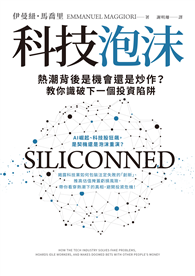Miguel de Cervantes’s experimentation with theatricality is frequently tied to the notion of revelation and disclosure of hidden truths. Drawing the Curtain showcases the elements of theatricality that characterize Cervantes’s prose and analyses the ways in which he uses theatricality in his own literary production.
Bringing together the works of well-known scholars, who draw from a variety of disciplines and theoretical approaches, this collection demonstrates how Cervantes exploits revelation and disclosure to create dynamic dramatic moments that surprise and engage observers and readers. Hewing closely to Peter Brook’s notion of the bare or empty stage, Esther Fernández and Adrienne L. Martín argue that Cervantes’s omnipresent concern with theatricality manifests not only in his drama but also in the myriad metatheatrical instances dispersed throughout his prose works. In doing so, Drawing the Curtain sheds light on the ways in which Cervantes forces his readers to engage with themes that are central to his life and works, including love, freedom, truth, confinement, and otherness.



![如果停不下來,就先學會慢下來:52種簡單易行的正念練習,幫你化解壓力,找回專注力[靜心升級版] 如果停不下來,就先學會慢下來:52種簡單易行的正念練習,幫你化解壓力,找回專注力[靜心升級版]](https://cdn.kingstone.com.tw/book/images/product/20117/2011760340723/2011760340723m.jpg)







